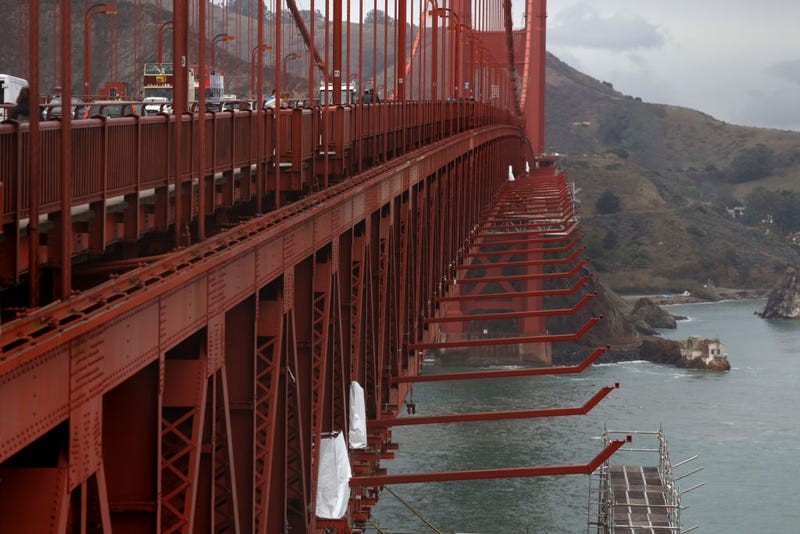Doctors with MarinHealth have just completed a study of more than two decades of Golden Gate Bridge jumps.
For more, stream KCBS Radio now.

Their research shows how and why some managed to survive.
"The Coast Guard does an amazing job," said Dr. Edward Alfrey, MarinHealth's Chair of Surgery. "They are ready at a moment's notice. We don't have any success if they haven't done their job."
Over the last several years, the survival rate has increased. The study emphasized the team effort used in this type of trauma response. Everyone that jumps from the bridge is taken to MarinHealth.
Previously, victims were transported to facilities across the Bay.

Since its opening in 1937, the Golden Gate Bridge has developed a dark reputation as a destination for those seeking to end their lives. Nearly 1,800 people have died after jumping from the bridge since it opened 85 years ago.
In 2007, Dayna Whitmer's son Matthew became one of them.
Whitmer is a member of the Bridge Rail Foundation – an organization that has been advocating for the completion of a suicide deterrent for the Golden Gate Bridge. She's channeled her grief into action as part of a long effort to have a barrier installed under the bridge. "We had to educate people and tell them why this barrier is important," Whitmer told KCBS Radio's "Bay Current."
“It's very easy to get over the railing," she added. "A five-year-old child was able to fall to her death. We have explained how important it is to get this barrier done. Many people have experienced suicide."
The suicide barrier is expected to be finished by the end of 2023, assuming there are no further delays.
LISTEN to KCBS Radio
FAVORITE KCBS Radio
Facebook | Twitter | Instagram

